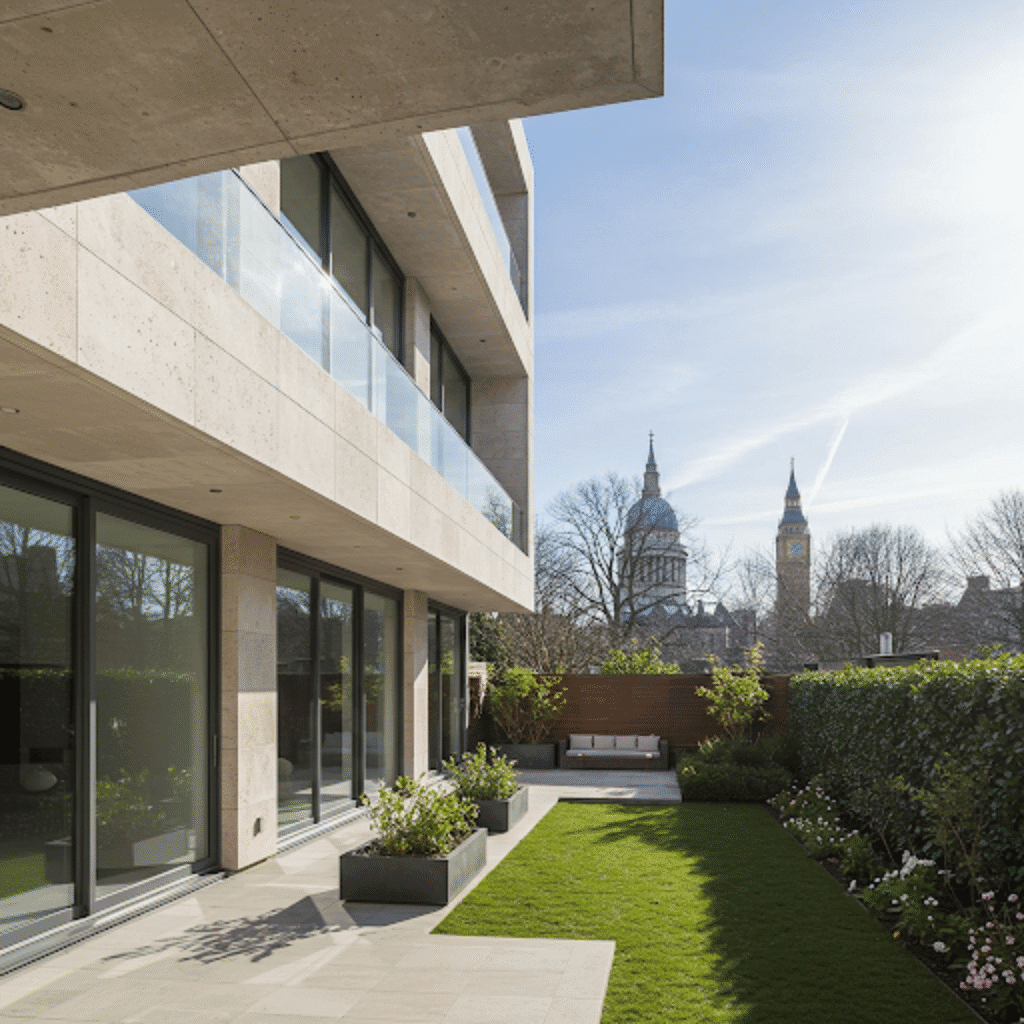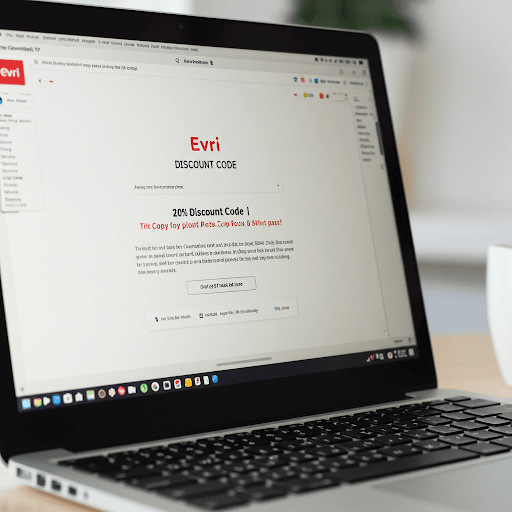
Navigating the London Labyrinth: Your Guide to Finding Property for Sale in the Capital
London. The name itself conjures images of iconic landmarks, bustling streets, diverse cultures, and endless opportunities. It’s a city that pulsates with energy, a global hub for finance, creativity, and history. For many, the dream of owning a piece of this dynamic metropolis is a powerful one. But let’s be frank: searching for property for sale in London can feel like navigating a complex, fascinating, and sometimes daunting labyrinth. Prices can seem eye-watering, competition fierce, and the sheer variety of neighbourhoods and property types overwhelming. Fear not, prospective London homeowner! This guide aims to demystify the process, offering insights and practical advice to help you find your perfect London home.
The London property market is unlike any other in the UK. It operates on a different scale, influenced by global economic trends, national policies, and the unique demands of its incredibly diverse population. While headlines often focus on the staggering prices in prime central locations, the reality is a mosaic of micro-markets, each with its own character, price points, and opportunities. From chic riverside apartments and grand Victorian terraces to trendy warehouse conversions and modest suburban semis, London offers a vast spectrum of homes. Understanding this diversity is the first step towards a successful property search.
Understanding the Unique Beast: The London Property Market
Before diving into listings, it’s crucial to grasp some fundamentals of the London market. It’s characterised by high demand, historically strong (though fluctuating) price growth, and significant regional variations. What £500,000 buys you in Zone 6 is vastly different from what it secures in Zone 1.

Key Characteristics:
- Price Variation: The difference between boroughs, and even streets within the same borough, can be substantial. Factors like transport links, school catchments, local amenities, and perceived desirability heavily influence value.
- Property Types: Flats (or apartments) dominate the central areas, ranging from period conversions to modern high-rises. Further out, you’ll find more traditional housing stock like terraced, semi-detached, and detached houses, though flats remain common.
- Leasehold vs. Freehold: This is a critical distinction, particularly for flats. Most flats in London are sold on a leasehold basis, meaning you own the right to occupy the property for a set number of years (the lease term), but not the land it sits on. You’ll likely pay ground rent and service charges. Houses are more commonly freehold, meaning you own the building and the land outright, although leasehold houses do exist. Understanding the implications, especially lease length and associated costs, is vital.
- Market Dynamics: London is often seen as a ‘fast market’. Good properties in desirable locations can be snapped up quickly, requiring buyers to be prepared and decisive. However, market conditions fluctuate, so staying informed about current trends is advisable.
Beginning Your Quest: Defining Your Needs and Starting the Search
A successful property search starts with introspection. Jumping straight onto property portals without a clear idea of what you need (and can afford) is a recipe for confusion and wasted time.
Define Your Priorities:
- Budget: Be brutally realistic. Get a mortgage Agreement in Principle (AIP) early on. This tells you how much a lender is likely to offer you and proves to sellers and agents that you’re a serious buyer. Remember to factor in additional costs: Stamp Duty Land Tax (SDLT), legal fees, survey costs, mortgage arrangement fees, and moving expenses.
- Location, Location, Location: London is vast. Think about your commute – how long are you willing to travel? Which transport links are essential (Tube lines, Overground, National Rail, buses, Cycleways)? What kind of neighbourhood vibe are you after? Family-friendly with parks and good schools? Buzzing with nightlife and restaurants? Quiet and residential?
- Property Type and Size: How many bedrooms do you need now, and potentially in the future? Do you need outdoor space (a garden, balcony, or access to communal gardens)? Do you prefer period character or modern convenience? A flat or a house?
- Lifestyle Needs: Consider proximity to amenities like shops, gyms, green spaces, cultural venues, and healthcare facilities.
Where to Look:
- Online Property Portals: Websites like Rightmove, Zoopla, and OnTheMarket are indispensable tools, aggregating listings from numerous estate agents. Use their filters effectively to narrow down your search based on location, price, property type, and features.
- Estate Agents: Registering with local estate agents in your target areas is crucial. They often know about properties before they hit the portals and can provide valuable local insight. Build a good relationship with them.
- Developer Websites: If you’re interested in new builds, check the websites of major property developers active in London.
- Word of Mouth & ‘For Sale’ Boards: Sometimes, simply walking or driving around your desired areas can reveal properties you might have missed online.
A Tour Through London’s Villages: Exploring Key Areas
London isn’t one monolithic city; it’s a collection of distinct villages and neighbourhoods, each offering a unique lifestyle. Here’s a glimpse into some broad areas:
Central London (Zones 1-2)
Think Mayfair, Knightsbridge, Kensington, Chelsea, Marylebone. This is prime central London (PCL), synonymous with luxury, eye-watering prices, garden squares, designer boutiques, and world-class museums. Properties range from portered apartment blocks and mews houses to grand stucco-fronted townhouses. It’s prestigious but comes with the highest price tags in the UK.
North London
Areas like Hampstead, Highgate, Islington, Camden, and Crouch End offer a mix of leafy village charm and urban buzz. Known for Hampstead Heath, excellent schools, independent shops, and strong community feels. Properties include Georgian and Victorian terraces, mansion flats, and some modern developments. Transport links are generally good via the Northern Line and Overground.
South London
Hugely diverse, stretching from the affluent riverside spots like Richmond and Barnes to trendy Clapham and Balham, up-and-coming Brixton and Peckham, and family favourites like Dulwich and Wimbledon. South London boasts vast green spaces (Richmond Park, Clapham Common, Wimbledon Common), good schools, and areas undergoing significant regeneration. Property types vary widely, from large Victorian family homes to modern apartment complexes near transport hubs.
East London
Once primarily industrial, East London has undergone dramatic transformation. Shoreditch, Hoxton, and Hackney are centres of creativity and nightlife, known for warehouse conversions and trendy flats. Canary Wharf is a global financial hub with sleek, modern high-rise apartments offering stunning views. Further east, areas like Stratford (legacy of the Olympics) and Walthamstow offer more affordable options, often with Victorian housing stock and improving transport links.
West London
Notting Hill, famous for its Portobello Road Market and colourful houses, exudes bohemian chic. Chiswick, Ealing, and Hammersmith offer a blend of riverside charm, green spaces, good schools, and a more suburban feel while retaining excellent connectivity to central London. Expect beautiful period properties, mansion flats, and some riverside developments.
Beyond the Obvious: Regeneration and Up-and-Coming Areas
Don’t limit your search to the most well-known postcodes. London is constantly evolving. Areas undergoing regeneration, often spurred by new transport links (like the Elizabeth Line or Overground extensions), can offer better value and potential for future growth. Areas like Acton, Tottenham, Croydon, Woolwich, and parts of Brent have seen significant investment and change.
The Nuts and Bolts: Understanding the London Buying Process
Finding the right property is just the start. The English legal process for buying property differs from other parts of the UK and the world.
- Mortgage Agreement in Principle (AIP): Get this first to confirm your budget.
- Make an Offer: Once you find a property, decide on your offer price and submit it to the estate agent, usually verbally first, then in writing. You might need to negotiate.
- Offer Accepted: Congratulations! Now the hard work really begins. The property is usually taken ‘Under Offer’ or ‘Sold Subject to Contract’ (SSTC). This isn’t legally binding yet.
- Appoint Professionals: You’ll need a solicitor or licensed conveyancer to handle the legal work and a surveyor to inspect the property’s condition. Your mortgage lender will also conduct their own valuation survey.
- Conveyancing: Your solicitor will conduct searches (local authority, environmental, water/drainage), review the contract, raise enquiries with the seller’s solicitor, and check the property title and lease (if applicable).
- Survey: Choose the right type of survey (e.g., RICS HomeBuyer Report or a full Building Survey) depending on the property’s age and condition. The survey might highlight issues needing attention or renegotiation.
- Mortgage Offer: Once the lender is satisfied with the valuation and your application, they will issue a formal mortgage offer.
- Exchange of Contracts: This is the crucial point where the deal becomes legally binding. You’ll pay a deposit (typically 10% of the purchase price) to your solicitor, and both buyer and seller sign identical contracts. A completion date is set.
- Completion: On the agreed date, the remaining funds are transferred via the solicitors, ownership passes to you, and you receive the keys!
Don’t Forget the Costs:
- Stamp Duty Land Tax (SDLT): A significant tax payable on property purchases above a certain threshold. Rates are tiered, and different rates apply for first-time buyers, buy-to-let investors, and overseas buyers. Check the latest government guidelines.
- Legal Fees: Costs for your solicitor/conveyancer, including search fees.
- Survey Fees: Depending on the type of survey chosen.
- Mortgage Fees: Arrangement fees, valuation fees.
- Removal Costs: Hiring a van or removal company.
- Initial Furnishing/Decorating: Setting up your new home.
- Leasehold Costs (if applicable): Potential fees for lease extension advice or notice fees to the freeholder/management company. Factor in ongoing service charges and ground rent.
Flats, Houses, New Builds, Period Charm: Choosing Your Property Type
London’s architecture is a rich tapestry. Consider the pros and cons of different property types:
- Flats/Apartments: Often more affordable entry points, especially in central areas. Consider lease length (under 80 years can be problematic for mortgages and resale), service charges, ground rent, and the quality of the building management. Purpose-built blocks often have simpler layouts than conversions within older houses.
- Terraced Houses: The quintessential London house type in many areas. Often Victorian or Edwardian, offering period features but potentially requiring updates. Shared walls mean considering neighbours.
- Semi-Detached/Detached Houses: Offer more space and privacy but are generally more expensive and found further from the centre.
- New Builds: Offer modern amenities, energy efficiency, and often come with warranties (e.g., NHBC). May have smaller room sizes or lack character compared to older properties. Be aware of potential ‘snagging’ issues (minor defects) after moving in. Government schemes like Help to Buy (check current availability/alternatives) have often supported new build purchases.
- Period Properties: Ooze character and history but can come with higher maintenance costs, potential restrictions (if listed or in a conservation area), and lower energy efficiency unless sympathetically updated.
Final Tips for Aspiring London Homeowners
- Be Prepared: Have your finances in order (AIP ready) and your legal team lined up so you can move quickly when you find the right place.
- Think Long-Term: Property is usually a long-term investment. Consider potential life changes and whether the property can adapt.
- Visit at Different Times: View properties and explore neighbourhoods during the day, evening, and weekend to get a real feel for them. Check the commute during rush hour.
- Look Beyond the Decor: Try to see past current furnishings or questionable paint choices. Focus on the ‘bones’ – layout, light, condition, location.
- Ask Questions: Don’t be afraid to ask the estate agent and seller (if possible) about the property, the neighbours, the area, and running costs.
- Trust Your Gut: While logic and finances are paramount, buying a home is also emotional. Does it feel right?
The London Dream: Achievable with Preparation
Buying property in London is undoubtedly a significant undertaking. It requires diligence, patience, financial prudence, and a healthy dose of determination. The market is competitive, the process complex, and the prices often demanding. However, the rewards are immense. Owning a home in one of the world’s most exciting, diverse, and culturally rich cities offers unparalleled lifestyle opportunities and the potential for long-term investment growth.
By thoroughly researching your options, understanding the market dynamics, carefully defining your needs, and navigating the buying process with professional guidance, the dream of owning a London property can absolutely become a reality. The labyrinth may be complex, but with the right map and a clear destination in mind, you can successfully find your own special corner of this incredible city.







